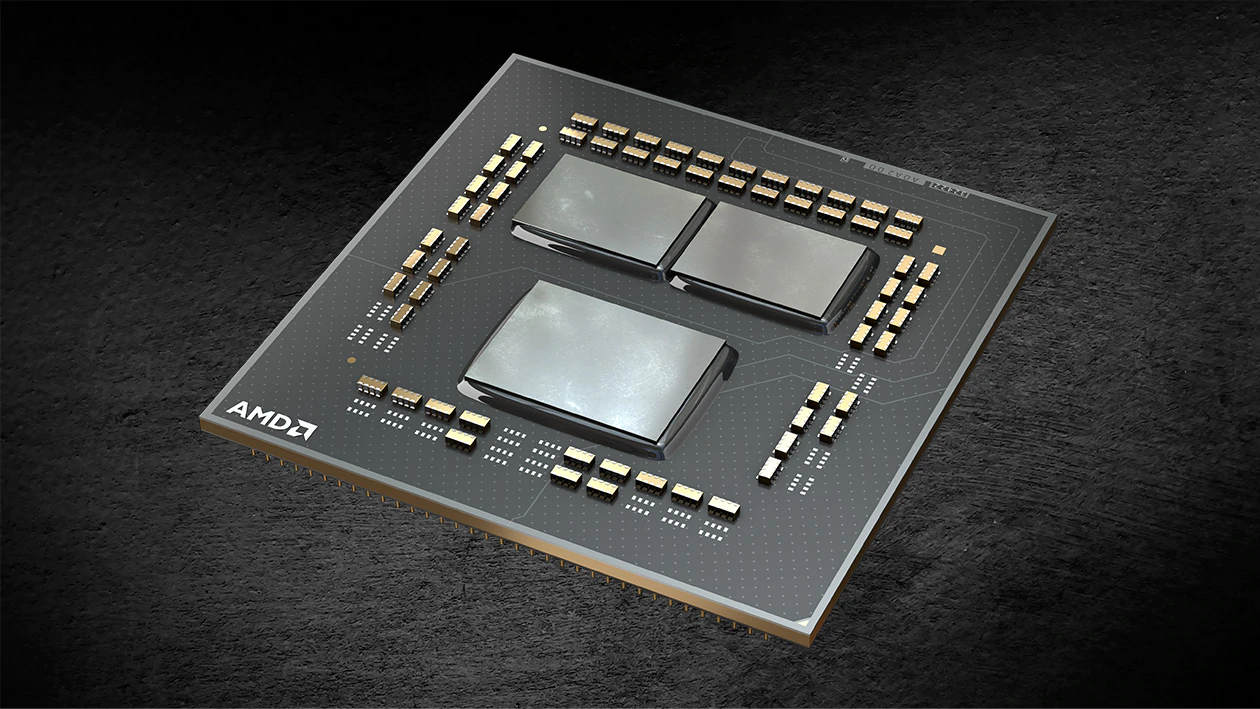We tested the latest AMD Zen 5 chipsets including the latest Ryzen 9 9950X and Ryzen 7 7800X3D processors with the latest Windows 11 build – 24H2 and the numbers are going to surprise you.

In Starfield, the AMD Ryzen 7 7800X3D scored 159 whereas with previous windows build, it got 130. Same goes with the AMD Ryzen 9 9950X that scored 135 with latest windows build and just around 100 with older builds.
We saw similar results with the F1 2024, Cyberpunk 2077 and other modern games.
The Windows 11 24H2 is a significant update for the AMD Zen 5 users. As you can see in aforementioned benchmarks, we saw around 25-percent better performance. There has been no performance boost for the Intel users.
I don’t really expect anything from the non-beta version. It’s only a preliminary version, but I still don’t think much of it. Will it seriously deliver more or better results? I think that’s wishful thinking.
Final version of this windows build is yet to make available to normal public. If you are using AMD Zen 5 processor and still on Windows 10, you are missing out on increased performance.
